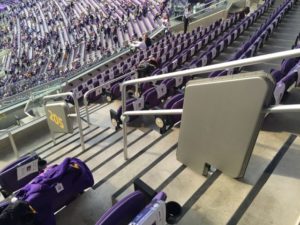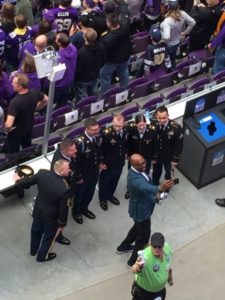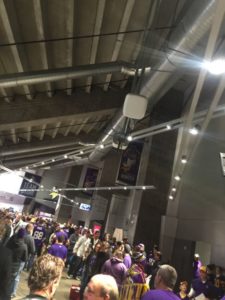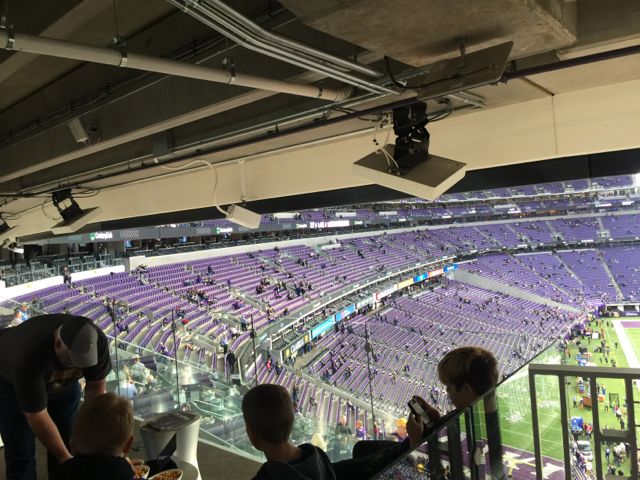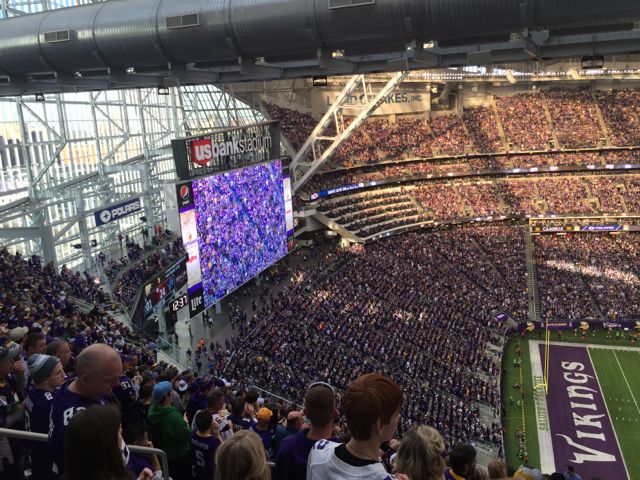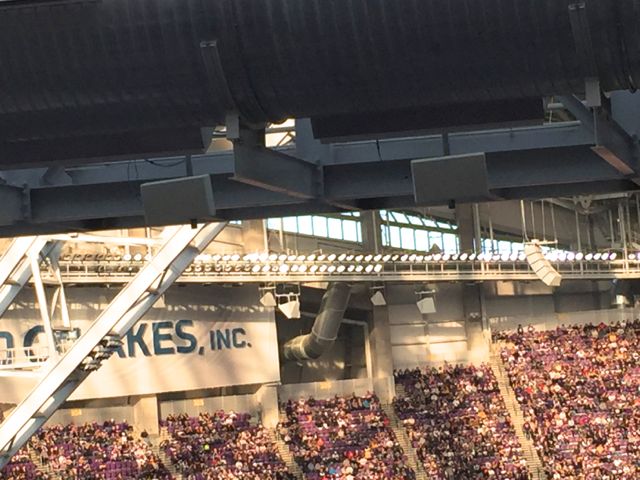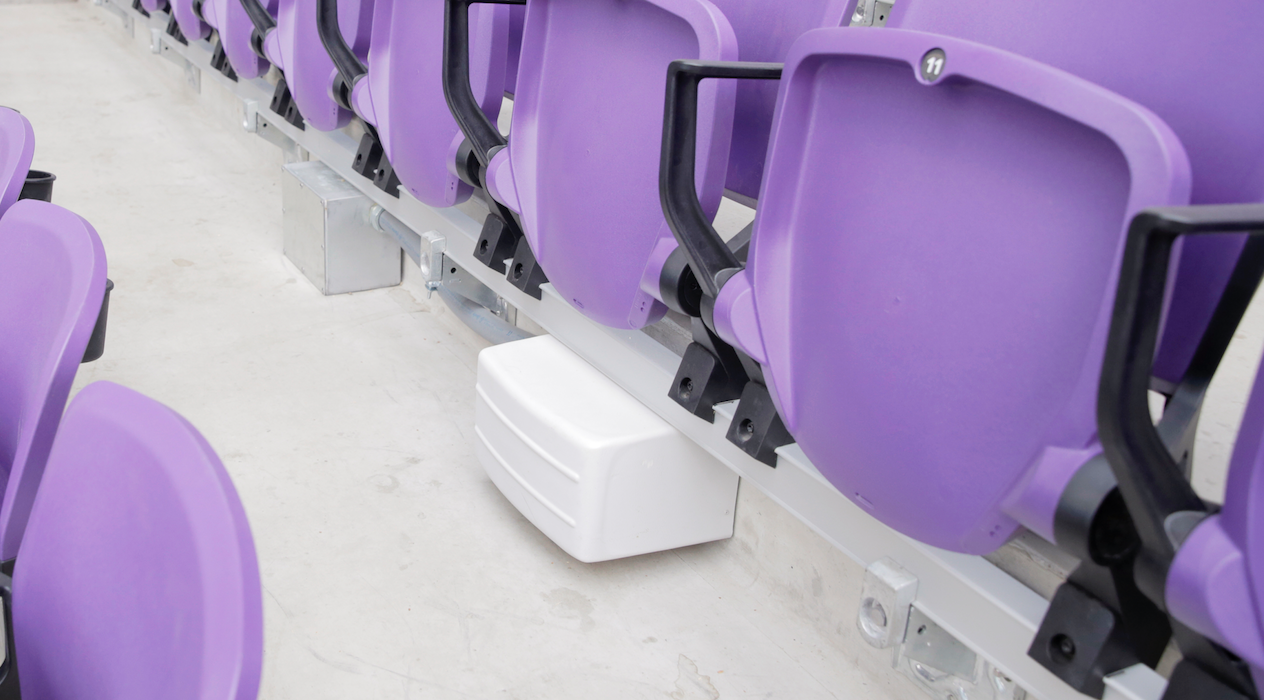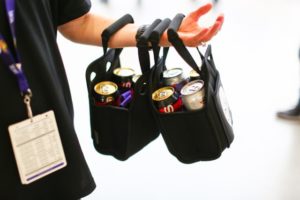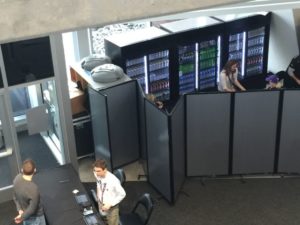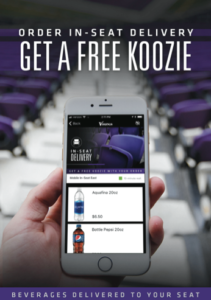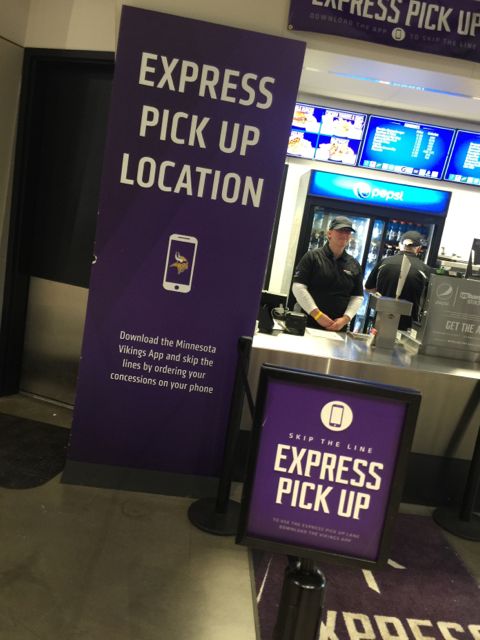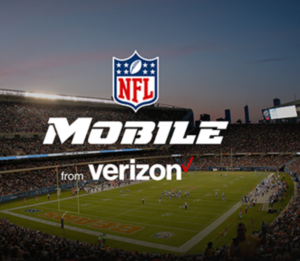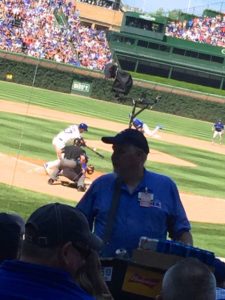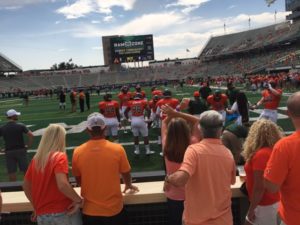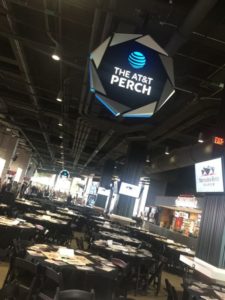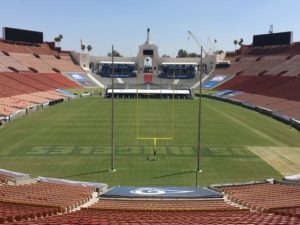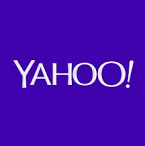 The NFL and Verizon announced a deal Monday that will provide live streaming of in-market and national NFL games to any mobile device regardless of carrier, mainly via Verizon’s Yahoo and Yahoo Sports platforms. The service is set to be available in January, for streaming of this year’s NFL playoffs.
The NFL and Verizon announced a deal Monday that will provide live streaming of in-market and national NFL games to any mobile device regardless of carrier, mainly via Verizon’s Yahoo and Yahoo Sports platforms. The service is set to be available in January, for streaming of this year’s NFL playoffs.
According to the Wall Street Journal the deal is $2 billion for 5 years. Under the new plan Verizon has lost its former exclusive deal for mobile devices — a 4-year, $1 billion deal that was up after this season — for the ability to show more NFL games to a potentially much larger audience via Yahoo. Verizon said it will also make the games available via its g090 platform, as well as the NFL Mobile app. [Our friend Todd Spangler over at Variety has a good recap of the deal with more programming details.]
The games available look to be the same ones Verizon had via the NFL Mobile app — mainly any “national” games (including Thursday night, Sunday night and Monday night games) as well as local-market games. The plan will also include playoff games and the Super Bowl.
Also not yet known is whether or not Verizon will continue to make live NFL action free of data charges to its customers. For the past two seasons Verizon has promoted the no-data-charges option but has also run into many issues with the implementation, with many fans reporting inconsistent experiences around whether or not their accounts were charged data when they shouldn’t have been. When asked if the data-free plan would continue under the new deal, a Verizon spokesperson said Monday “we have not disclosed that information yet.”
According to the NFL the new deal does NOT include streaming of the NFL Network’s popular RedZone channel, which shows an unending stream of commercial-free live look-ins at all NFL games. For the past two seasons, RedZone access has been available to Verizon customers via the NFL Mobile app for an extra $1.99 per month charge. According to the NFL the RedZone mobile access plan for next season has yet to be determined.
